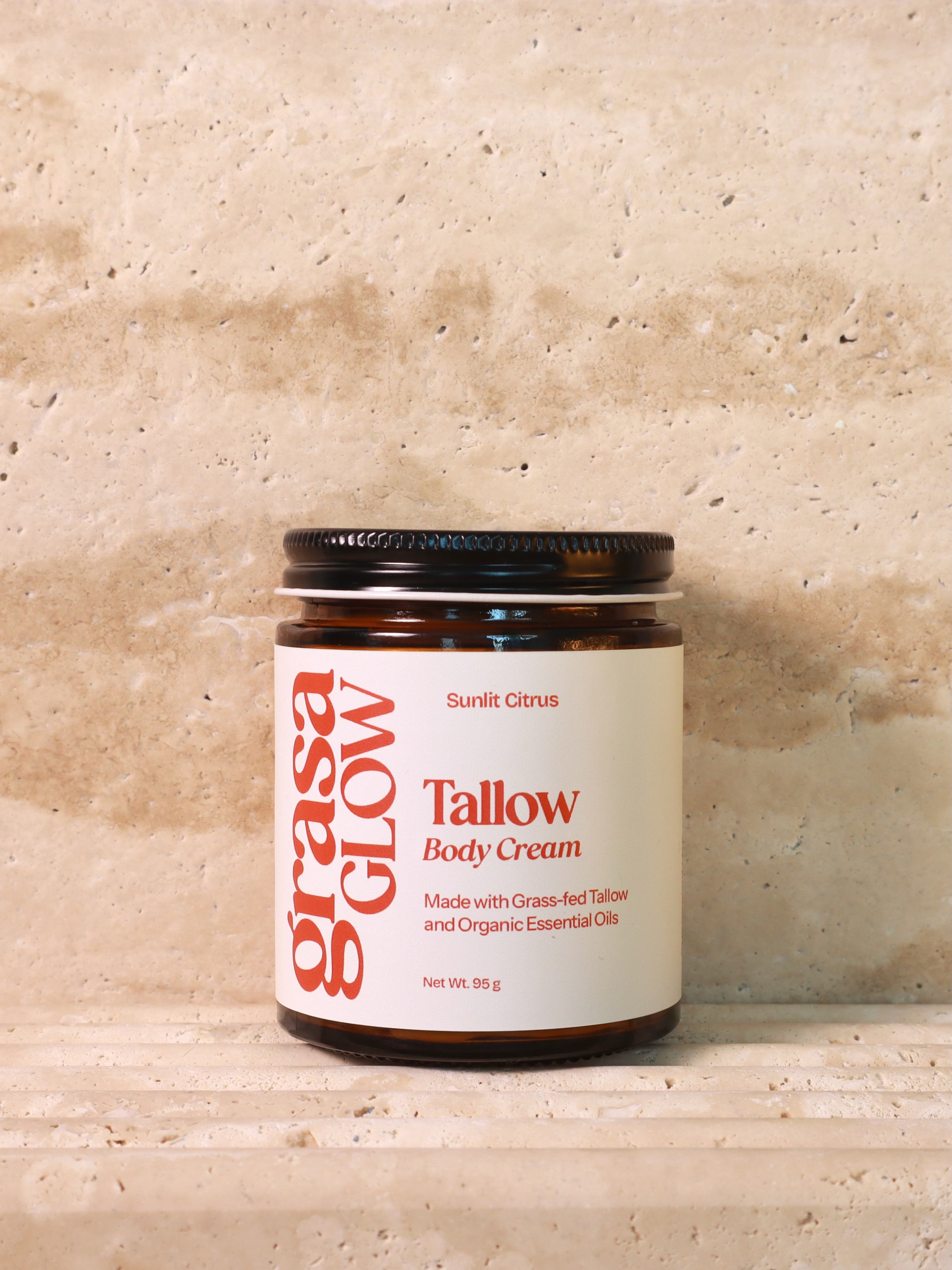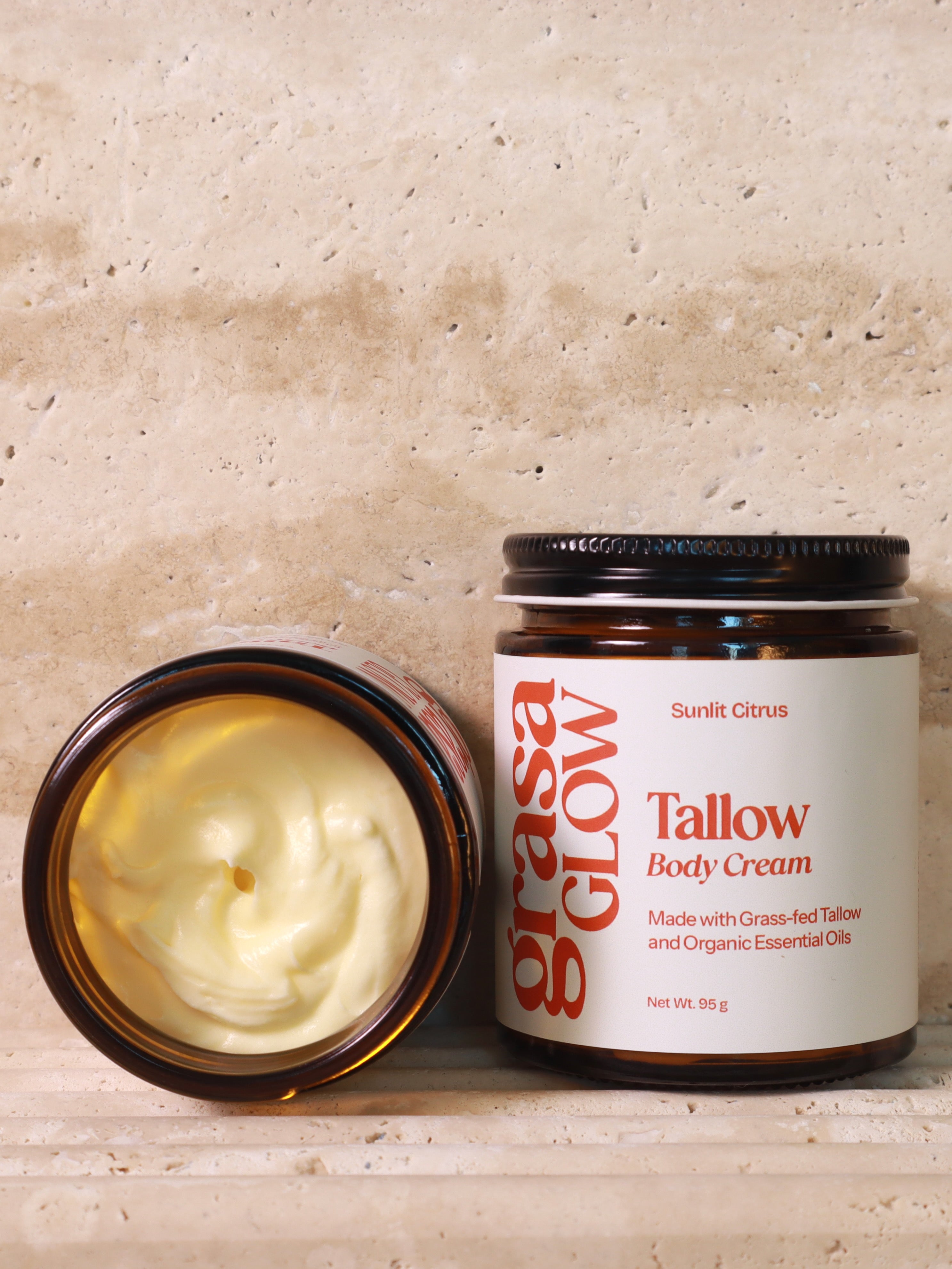Most skincare labels look like a foreign language—long chemical names, vague buzzwords, and hidden ingredients tucked behind innocent-sounding terms. But if you want healthier skin (and fewer regrets), learning to decode a label is one of the most empowering things you can do.
Let’s break it down.
Start With the Ingredients List
The ingredients on a skincare label are listed in descending order by concentration. That means the first five to six ingredients make up the majority of what you're actually putting on your skin. If those first few are water, alcohols, or seed oils—you’re mostly buying filler.
Watch for these red flags early in the list:
-
“Fragrance” or “parfum” – a legal loophole that can hide up to 3,000 undisclosed chemicals, including phthalates
-
Seed oils like sunflower, canola, or soybean – high in linoleic acid, which can accumulate in your skin and increase inflammation and oxidative stress
-
Parabens (methylparaben, propylparaben, etc.) – synthetic preservatives linked to endocrine disruption
-
PEGs, polysorbates, and EDTA – synthetic stabilizers often contaminated with carcinogenic byproducts
-
Dimethicone, petrolatum, mineral oil – give a silky feel but clog pores and don’t actually nourish your skin
Greenwashing Terms to Be Wary Of
Some labels sound clean but don’t mean much:
-
“Natural” – has no regulated definition and doesn’t mean the product is free from synthetic additives
-
“Non-toxic” – unregulated and often used even when harmful ingredients are still present
-
“Dermatologist-tested” – means it was tested, not that it passed any safety standards
-
“Plant-based” – doesn’t rule out seed oils or synthetic preservatives
If a product needs to market itself as clean, but the label tells another story, trust the label.
Ingredients You Do Want to See
Look for ingredients that are:
-
Transparent and recognizable – things you could actually explain to a friend
-
Minimal – fewer ingredients means fewer chances for irritation
-
Nutrient-dense – ingredients that actually support skin health (not just texture or scent)
Some favorites:
-
Grass-fed beef tallow – bioavailable, rich in skin-identical fats and fat-soluble vitamins
-
Organic plant oils like olive-derived squalane – non-comedogenic and deeply hydrating
-
Real essential oils – provide natural scent and added benefits without synthetic carriers
Why Grasa Glow Does It Differently
At Grasa Glow, we don’t just avoid the worst offenders—we build our products from ingredients that actually belong on your skin.
You’ll never find:
-
Seed oils
-
Synthetic fragrance
-
PEGs, parabens, or petroleum byproducts
Instead, you’ll find:
-
Grass-fed tallow
-
Organic oils
-
Thoughtfully selected essential oils (and only where needed)
We believe skincare should nourish you—not fight your biology.
Want to make better label choices?
Start by flipping the jar over—and knowing what you’re really looking at.
Explore Grasa Glow’s full ingredient transparency.







